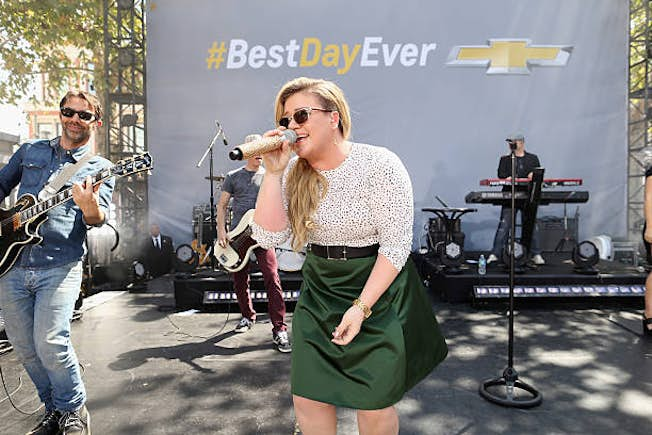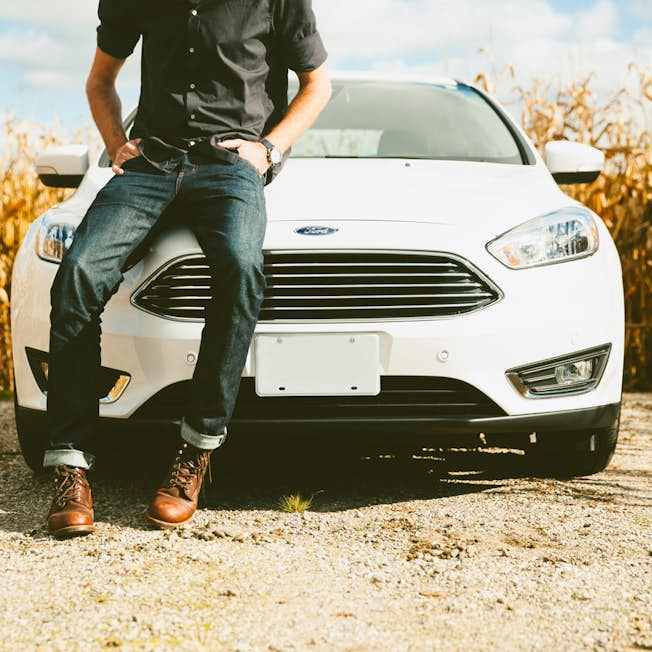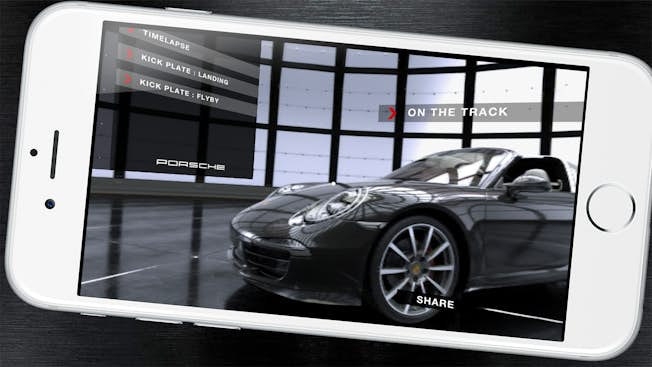Aug 16, 2018
5 Outstanding Examples of Automotive Marketing Campaigns
By 2020, the US automotive industry is forecast to spend $14 billion on digital advertising, a growth of 13% per year. This significant growth demonstrates the importance of digital channels for the sector and the competition for the attention of car lovers is fierce.
According to Autotrader, more than 70% of younger Millennials cite technology and infotainment features as ‘must haves’ when purchasing a car, while 61% of car shoppers use video for research.
The key to a successful marketing car campaign is creativity, to tug on a customer's heartstrings and be memorable.
Let's explore five of the most effective automotive campaigns to provide inspiration for digital marketing success.
1. Chevrolet - “Best Day Ever”

In a bid to attract Millennials and steer away from their 'outdated' image, Chevrolet launched the #BestDayEver campaign on April Fools' Day.
Consisting of influencers and celebrities doing "Acts of Awesomeness”, the campaign included actors such as Alec Baldwin and Olivia Wilde taking over college classrooms as substitute teachers while singer Kelly Clarkson hosted a lunch for new moms.
To promote the campaign and raise brand awareness, Chevrolet partnered up with YouTube to host an eight-hour live stream of the events hosted by Jon Dore/Garfunkel and Oates, who gave updates throughout the day.
“We needed to create moments of disruption that captured (and perhaps jolted) people's attention, engaged consumers across channels, and opened the door to a future relationship” Chevrolet Representative
The campaign was a huge success, with the #BestDayEver hashtag generating some 1.5 billion social media impressions, while 3 million people viewed the YouTube live stream and 75% of engagement came from people younger than 35.
Takeaway: Influencers can be very useful in brand promotion when used in the right way. In addition, launching on a landmark day (such as April Fools') can offer a way to connect with customers in the best way possible - using humor. So, don’t be afraid to be creative and use relevant influencers to showcase your brand.
2. Ford - "Try More"

When Ford's “Try More” campaign was launched across Canada, the campaign goal was to get consumers to try new things to tie in with a recent redesign of its core models.
To achieve this in the Canadian market, Ford hosted live events which encouraged consumers to try activities like axe throwing, mechanical bull riding and MMA fighting. The live events also featured the core model Ford cars, which were displayed on site for consumers to see and test drive.
To promote the campaign, “Try more” was advertised across social media networks and TV.
Takeaway: As a brand, it’s key to take advantage of opportunities such as a redesign or rebranding to reconnect with customers. By taking the new design to the road using a range of creative events, Ford reframed itself as a fun and innovative brand while showcasing their core product - the car.
3. Mustang - “Speed Dating”
For Valentine's weekend, Ford set out to attract viewers to their Mustang prank video.
They partnered up with a talent agency which pretended to be seeking young actors to audition for a new TV show all about dating. The actors were asked to meet up with the show's supposed "star" who would decide if they would be picked for the show.
But that "star" was actually a female stunt car driver. Instead, she asks them to join her for a drive in her Mustang, with hidden cameras in the car. At first she pretends to not know how how to drive the car, but soon starts using her stunt skills to drive very daringly, with plenty of 360s and speed.
The campaign was designed to remove the cliché that women are not good drivers. The video quickly went viral, gaining 12.8 million views on YouTube.
Takeaway: Don’t be afraid to tap into societal issues and devise a campaign around a preconception - in this case that women can’t drive. Video is a clever and engaging format to get a message across in a way words just can’t, so embrace it as a medium.
4. Porsche - “Virtually Porsche”

Porsche launched a VR Experience in the US and across the world for their customers to experience their new Panamera 4 E-Hybrid and its technology features. They created a VR app which showed the filming process and ‘making-of’ experience.
Aware of the fact that not everyone had access to VR technology, Porsche’s marketing team came up with the idea to create 5,000 limited edition Porsche-branded Google Cardboard viewers.
Each viewer was wrapped in faux-leather to resemble the stylish leather of the model's interior and featured a scannable code to easily direct people to the app. So when viewers placed their smartphones to the Cardboard viewer, they instantly had a VR headset – and one that showcased the PEC experience unlike anything the brand had done in the past.
The cardboards were sent to influencers, Porsche loyalists and potential buyers. In the Porsche VR app's first month alone, it facilitated 2.2x more virtual test drives than actual test drives from the US's 188 dealerships combined.
Takeaway: New technologies present unique ways to engage with customers. The immersive nature of VR and AR provide brands with an opportunity to put people in their cars, without it actually needing to be in a physical sense. As the popularity of these technologies grow, so does the scope for the automotive industry.
5. CarMax - “Caring Tree”
In order to successfully launch two new stores into the new markets of Boston and Massachusetts State, CarMax wanted to something different with its marketing.
By combining technology and social media the brand looked at what issues were important to people locally during the holiday season. To do this, CarMax partnered with ‘Cradles to Crayons’, a non-profit organization based in Boston which provides homeless or disadvantaged children with essential items.
CarMax set up an interactive tree display, which allowed consumers to use iPads to select a gift for a child in need, including winter clothes and accessories.
Participants took to social media to share their donations and messages, which generated 7.9 million impressions and 683,000 video views.
Takeaway: Every campaign doesn’t need to be global or national. Don’t be afraid to target local markets and look to other industries such as the non-profit sector to raise brand awareness while also making a difference in a community.
Conclusion
A successful and effective marketing campaign utilizes all the tools and opportunities available to make your brand victorious in what it is trying to achieve. Never pass up an opportunity to surprise and delight consumers, or even give something back. They will love you for it.
Use digital and technology to your advantage. Trying new things to engage with customers often has a lasting and positive impact on a brand. Creating buzz, emotional connections and giving people something to talk about all play a part in this.
- Categories:
- Articles
- Digital Strategy
- Content Marketing
Upgrade to Power Membership to continue
your access to thousands of articles, toolkits, podcasts, lessons and much much more.
Become a Power Member- Login
- View Courses
- - - -
- Courses
- Resources
- - - -
- My Account
- Change Password
- Logout




